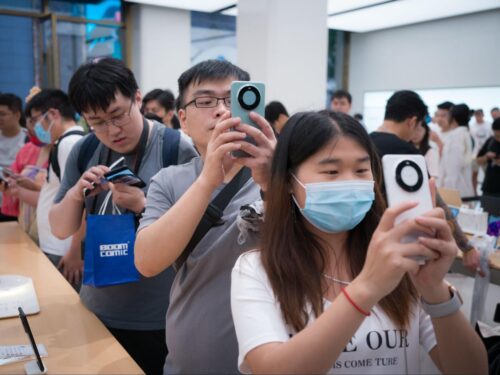Back doors, and how Huawei got its facial recognition technology


The China Project illustration by Derek Zheng
Doug Guthrie is a former Apple executive — and an erstwhile China bull. His views are no longer so sunny, as you can see in his new piece for our website: The age of cooptation: The high cost of doing business in Xi’s China. The piece includes a fascinating anecdote about how Huawei developed its facial recognition technology: In brief, the Chinese government gave the company a database of 1.4 billion faces to train its algorithms.
That all large companies in China are co-opted by the state may not surprise many China-watchers, but it does show why Huawei will never be treated as a regular private company. Now comes this news, from the Wall Street Journal (paywall, or see this Reuters story):
U.S. officials say Huawei Technologies Co. can covertly access mobile-phone networks around the world through “back doors” designed for use by law enforcement, as Washington tries to persuade allies to exclude the Chinese company from their networks…
Matthew Pottinger, a U.S. deputy national security adviser, traveled to Berlin in late December to share the intelligence with senior officials in Chancellor Angela Merkel’s government…
Some German officials came away from the briefing by Mr. Pottinger convinced by the U.S. intelligence, according to a senior official familiar with the meeting. A confidential memo written by the German Foreign Office and seen by The Wall Street Journal states that Mr. Pottinger provided “smoking gun” evidence that Huawei equipment posed a spying risk. The memo was first reported by the German newspaper Handelsblatt [in German].





